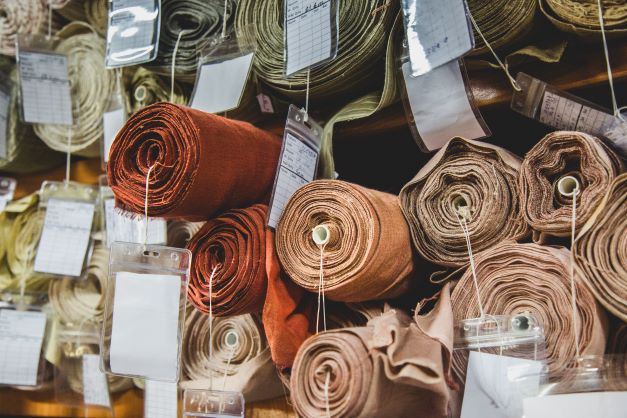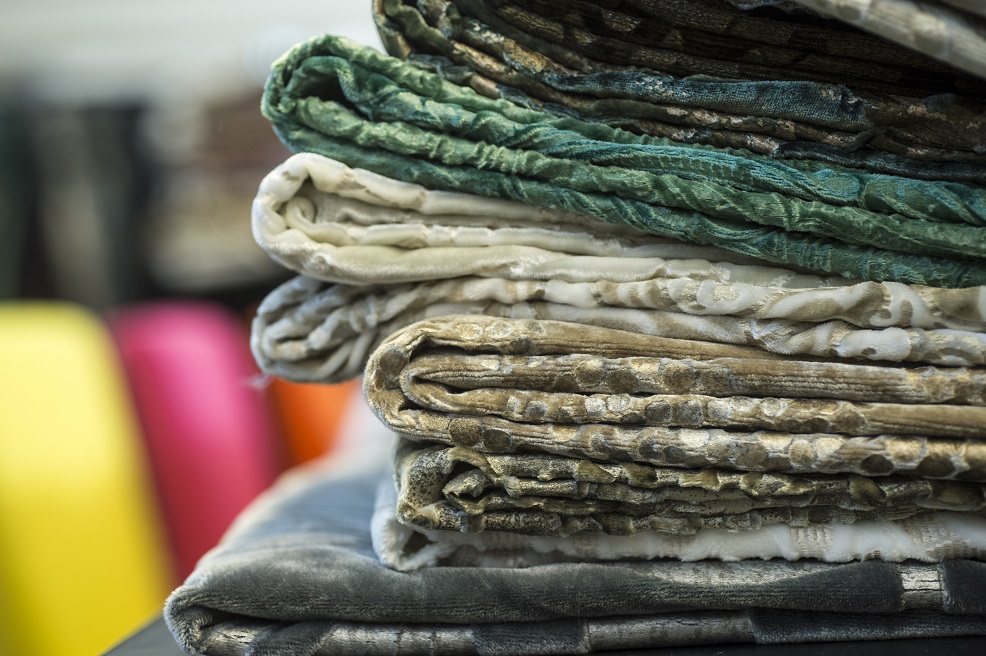Furnishing fabrics have always been considered the best instrument for refining and embellishing the home, especially now that lifestyles have become aseptic and minimal. Starting from simple woven shrubs in the Jurassic era, the décor of a space has always accompanied the history of man, following the different evolutions of the eras.
From the splendour of the palaces in Egypt and Mesopotamia, to the complex processes of the Italian Renaissance, fashion fabrics for furniture have transformed over time, also changing our perception of colours and designs.
Variety of furnishing and design fabrics
To notice this evolution, all you have to do is walk into a showroom dedicated to the world of furniture and the variety of fabrics immediately becomes evident, each one different in terms of composition, thickness and softness, as well as performance.
Furnishing fabrics include traditional linen, cotton and silk, along with more unusual textures and fibres such as jute and hemp. In response, fashion and design catalogues also propose artificial fibres such as viscose, produced by chemically treating natural elements, or furnishing fabrics made from synthetic yarns, the result of technological research inspired by today’s environmental sensitivity.
Colour of design fabrics
Beyond the beauty, style of furniture and personal taste, it is necessary to understand how and why to use a certain furnishing fabric. In fact, in addition to functionality, curtains, rugs and upholstery, without forgetting cushions and sofas, allow you to give character to a room through the skilful combination of colours and designs that only fashionable furnishing fabrics can offer. With the right adjustments and some plays of contrast, even the most “anonymous” house can become unique and express the personality of its inhabitants.
As trends and tastes evolve in the world of design, the great richness in the choice of furnishing fabrics, offered in an infinite range of colours collection after collection, should come as no surprise. Colour has never played such a decisive role as in furnishing: it can, in fact, make a room larger or smaller, or compromise its harmony. In addition to this, we should also remember how the colour of a design fabric affects the mood of the observer, sending subliminal messages to the eye and the psyche.
It is generally customary to divide the colours of furnishing fabrics into warm, cool and neutral. Yellow, red and orange are warm colours and make the surrounding environment energetic and reactive, accelerating the heartbeat.
Cool colours, tending towards green or blue, on the contrary, are relaxing and soothing. White, black, shades of grey and other neutral colours such as dove grey acquire personality when combined with lively and particularly creative details. Finally, combinations with more than two colours can generate confusion, tone-on-tone recalls harmony, while contrast evokes liveliness.


